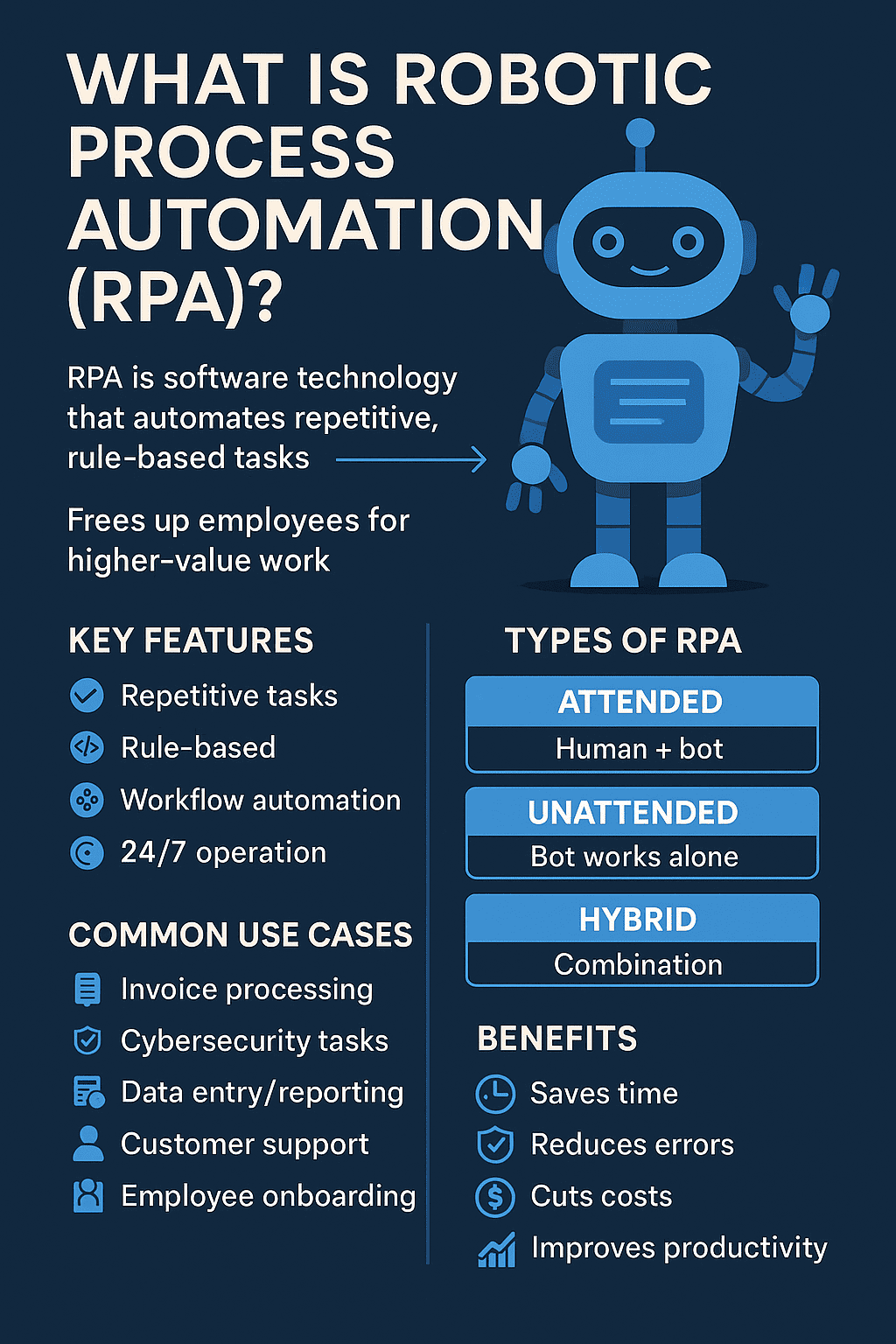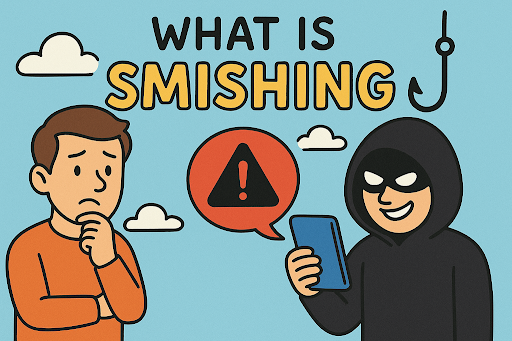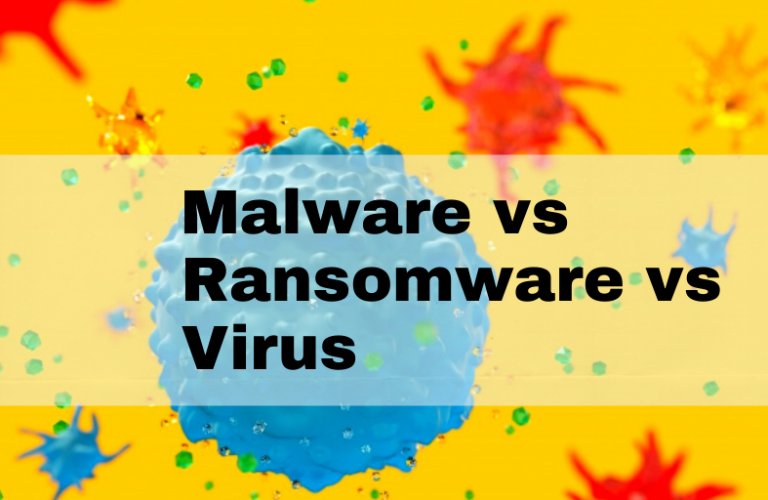Penetration Testing Services: How Xcitium Helps Organizations Reduce Cybersecurity Risks
Updated on November 14, 2025, by Xcitium

In today’s hyper-connected digital workplace, cybercriminals constantly search for new ways to exploit security gaps. Schools, municipalities, enterprises, and small businesses are all experiencing a surge in security breaches that make headlines worldwide. As organizations attempt to safeguard sensitive data, penetration testing (pen testing) has become an essential security practice.
Xcitium’s Penetration Testing Service offers a comprehensive approach to identifying, testing, and remediating exploitable vulnerabilities before attackers can abuse them
What Is Penetration Testing?
A penetration test—often called a pen test—is an authorized simulated cyberattack designed to uncover vulnerabilities across systems, networks, applications, wireless infrastructure, and endpoints.
According to the Xcitium Pen Testing Brochure, these vulnerabilities may stem from:
-
Operating system bugs
-
Application and service flaws
-
Misconfigurations
-
Risky end-user behavior
-
Weak internal security controls
The goal is not only to discover weaknesses but also to determine how attackers might move laterally, escalate privileges, and access high-value data.
Why Penetration Testing Is Essential for Modern Organizations
Penetration testing helps organizations:
-
Proactively identify vulnerabilities
-
Validate the effectiveness of security controls
-
Test real-world attack scenarios
-
Improve policy compliance
-
Strengthen overall cybersecurity posture
Using both automated and manual techniques, penetration testers simulate attacks on:
-
Servers
-
Endpoints
-
Web applications
-
Wireless networks
-
Network devices
-
Mobile devices
Once a vulnerability is exploited, testers examine whether deeper internal access is possible, revealing the true extent of a potential breach.
Types of Penetration Testing Services Offered by Xcitium
The brochure highlights four core pen testing services that organizations rely on to ensure maximum protection
1. External Penetration Testing
Evaluates perimeter systems exposed to the internet—these are the highest-risk targets for cyberattacks.
2. Internal Penetration Testing
Assesses the damage a malicious insider or compromised internal account could inflict.
3. Wireless Penetration Testing
Examines Wi-Fi connectivity, wireless access points, and connected devices for vulnerabilities.
4. Web Application Penetration Testing
Uses advanced testing techniques to identify API and web application exploitability, ensuring secure application functionality.
The Xcitium 5-Step Penetration Testing Process
Xcitium uses a proven five-phase methodology refined over thousands of successful penetration tests. As shown in the brochure’s workflow diagram, each stage contributes to a safe, systematic, and thorough evaluation of the target environment
1. Planning & Reconnaissance
Understanding the environment, defining objectives, and gathering intelligence.
2. Scanning
Identifying open ports, vulnerabilities, and potential attack vectors.
3. Gaining Access
Attempting exploitation of discovered vulnerabilities.
4. Maintaining Access
Testing whether attackers could stay inside the system undetected.
5. Analysis & WAF Configuration
Documenting findings, analyzing impact, and advising on remediation.
What’s Included in Xcitium’s Penetration Testing Service
The brochure outlines three major inclusions that distinguish Xcitium’s pen testing services from traditional solutions
✔ Safe, Efficient & Thorough Results
A methodology backed by thousands of successful tests ensures accurate, reliable outcomes.
✔ Experienced Security Professionals
Certified penetration testers use modern ethical hacking techniques to simulate real-world threats.
✔ Custom Reporting Portal
Clients receive on-demand access to detailed testing reports through a secure insight portal.
Deliverables: What You Receive After a Penetration Test
Upon completion, clients receive a strictly confidential final report, including:
1. Issues Identified
A breakdown of all vulnerabilities found during the assessment.
2. Full Attack Narrative
Step-by-step documentation of every exploit attempt across internal, external, web app, and wireless targets.
3. Estimated Risk Factors & Remediation
Severity ratings, impact analysis, and recommended fixes.
4. Areas of Strength
A summary of security measures already working effectively.
These structured deliverables empower security teams, executives, and stakeholders to make informed decisions regarding cybersecurity investments and priorities.
Conclusion: Strengthen Your Cybersecurity Posture with Xcitium Pen Testing
As cyberattacks grow in sophistication, organizations must adopt proactive security strategies to stay ahead. Xcitium’s Penetration Testing Services give businesses the power to:
-
Discover hidden vulnerabilities
-
Test real-world attack scenarios
-
Strengthen defenses
-
Protect sensitive data
-
Meet compliance requirements
With a proven methodology, expert testers, and detailed reporting, Xcitium helps organizations enhance their security posture and reduce risk across the entire digital environment.
















